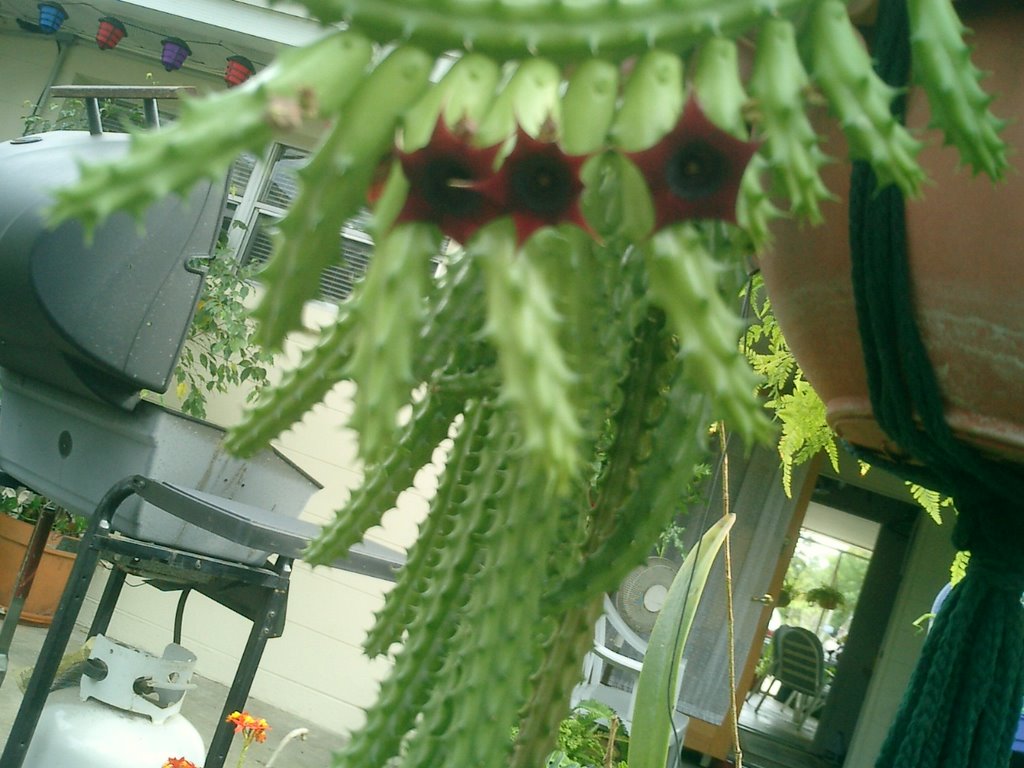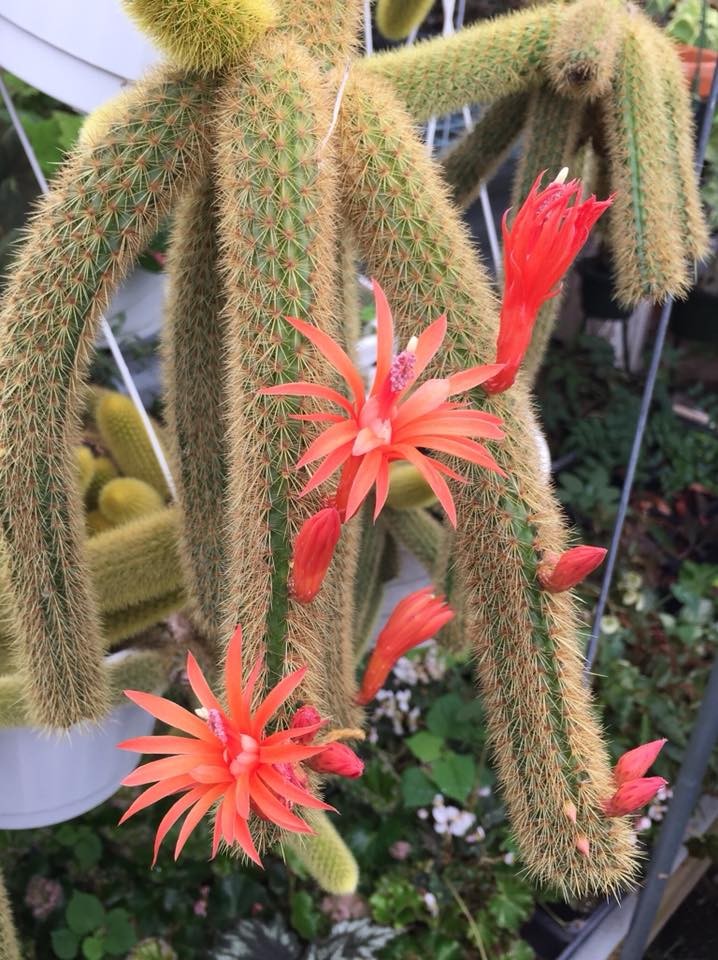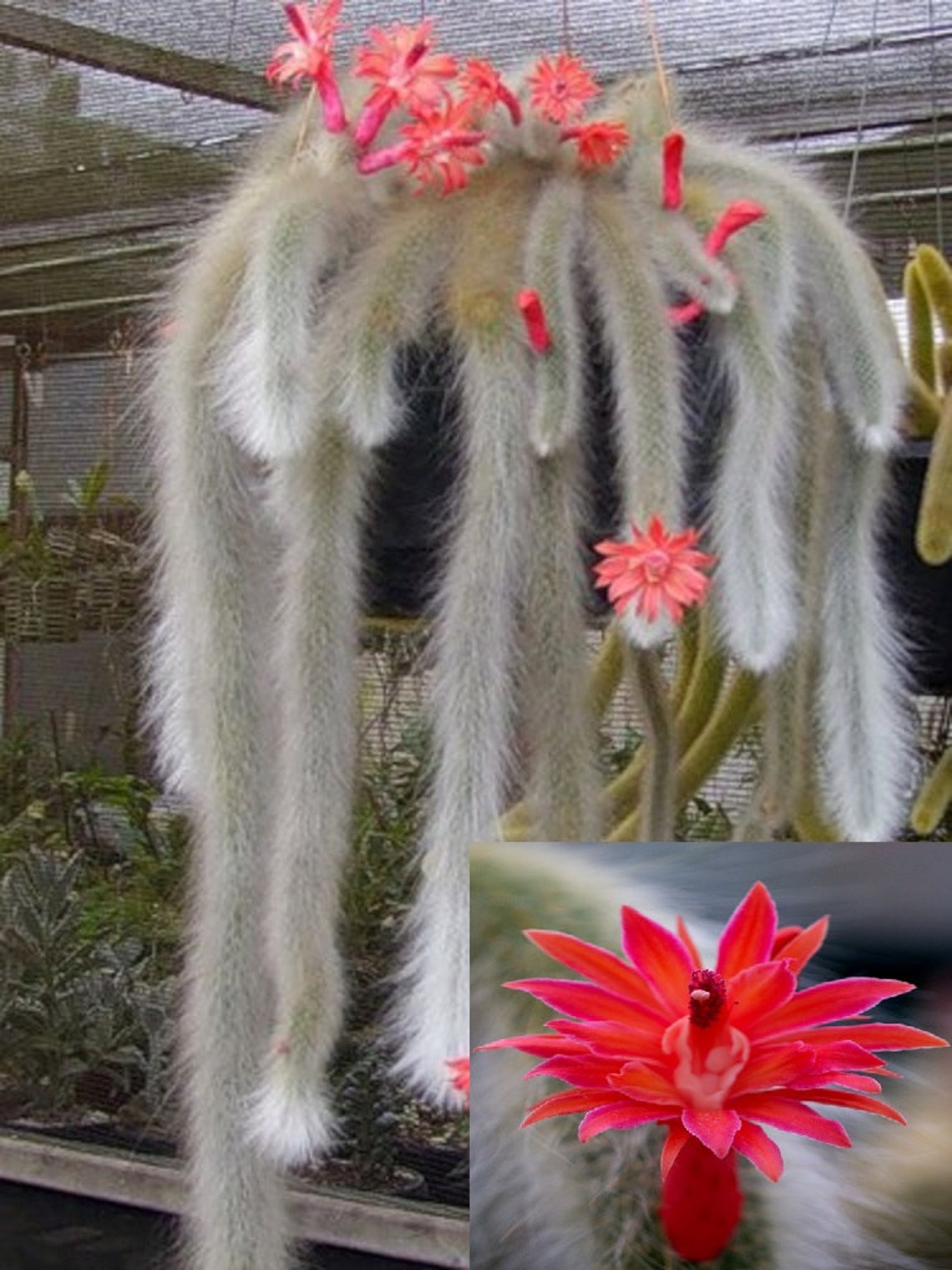
Sea Conches: be very careful with these mollusks.If it is for the former, it will be better to put it inside the house until the temperatures rise and if it is due to the sun, it must be placed in semi-shade and gradually and progressively exposed to the sun, starting in spring. The plant turns reddish: it can happen either because of cold, or because a greenhouse plant has been exposed to direct sun as soon as you buy it.We will leave it like that for 2-3 days, and we will plant it in a pot that has a substrate that has good drainage. In addition, it will be necessary to remove the cactus from the pot and wrap its roots with kitchen paper to dry. If when touching it we feel it soft, it will be better to cut to the health with a hand saw, or even with a serrated knife, previously disinfected with pharmacy alcohol and put healing paste to prevent fungi from infecting the entire plant. Stem rot: occurs due to excess watering.However, you can have a number of problems, which are: It is a very resistant plant, which is not usually affected by pests or diseases. It supports well the weak and specific frosts of up to -3✬, but you need protection against hail. It will take root very soon, in about a month. Then, we will plant it in a pot with a sandy substrate (pumice, river sand, or similar).After that time, we will proceed to impregnate its base with powdered rooting hormones.Afterwards, we will let the wound dry for at least a week, in a place protected from the sun but where there is plenty of light.We will select a stem that is not flowering, and we will cut it with pruning shears previously disinfected with pharmacy alcohol.The cutting method is the most effective to obtain new specimens. They will germinate in 14-20 days at a temperature of 20-25✬. Finally, we will water with a sprayer and place the seedbed in semi-shade.Later, we will cover them with a very thin layer of substrate, enough so that they cannot be blown away by the wind.Once we have them, we will place them on the surface of the peat mixed with river sand in equal parts that we will have used to fill a tray with holes or a flowerpot.

We can find them in online stores, or even in our own plant (in the image above you can see what the fruits and their seeds are like). To obtain a high germination rate do the following:
#Monkey tail cactus how to#
Let's see how to proceed in each case: Seeds We can obtain new specimens if we sow its seeds or multiply it by cuttings in spring and / or summer. Bearing this in mind, whenever it is spring, our monkey tail cactus must be transplanted by transferring it to a somewhat larger pot. The plants that are sold in the nurseries are usually in pots that are beginning to get small, which prevents them from continuing their development. In spring, once purchased and every two years. If we live in an area where the climate is mild and the temperatures remain high (above 15✬) during autumn, we can also pay it during this season. In the case of opting for the first one, we must follow the indications specified on the container label If we prefer the others, we will pour a small spoonful every 15 days on the surface of the substrate and water.

In spring and summer it is very convenient to pay it, either using fertilizers for cacti that we can find in nurseries and garden stores, or with Nitrofoska or Osmocote. During the winter, once a month will suffice. Thus, in general, it will be necessary to water every 3-4 days in summer, and every 15 days the rest of the year. Weigh the pot before and after watering: wet soil weighs more than dry soil, so we can get an idea of when we can water it if we weigh it or take it before and after watering.Introduce a thin wooden stick, like the ones used in Japanese restaurants: if when you extract it, it comes out with adhering soil, it will mean that it is wet and that, therefore, it is better not to water.

To make it more reliable, it is convenient to insert it in different areas (closer to the edge, to the sides of the plant, more towards the center of the pot.


 0 kommentar(er)
0 kommentar(er)
